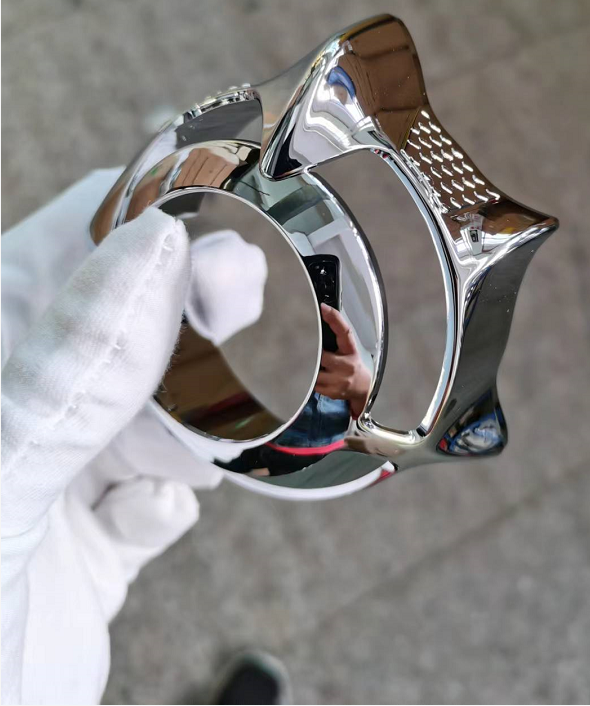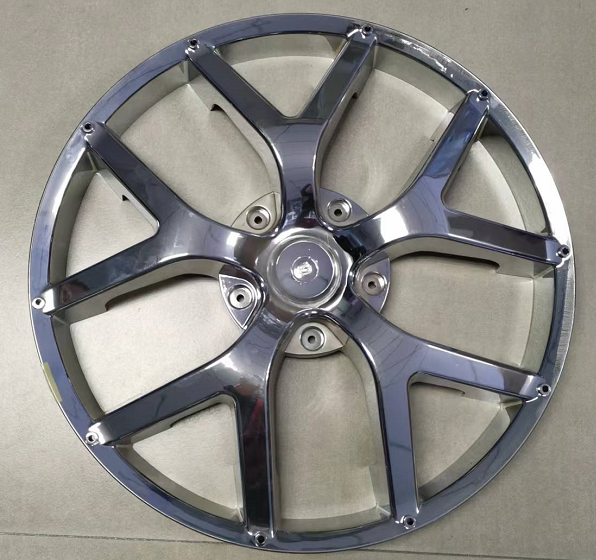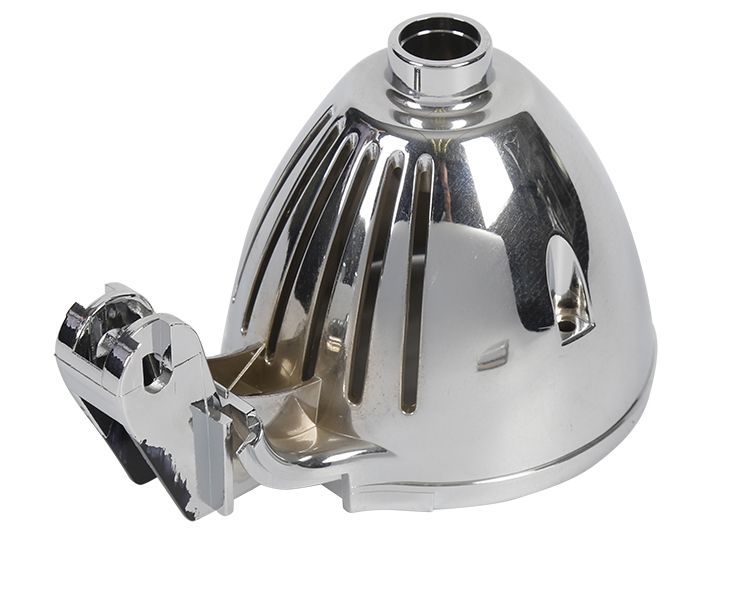According to the “China Plastic Plating Market Forecast and Investment Value Report (2022 Edition)” published by Liki Information Consulting, plastic plating is a process of coating a plastic surface with a metal plating layer using chemical plating and electroplating methods. With this process, the benefits of high productivity, low cost and light weight can be retained, thus making it thermally conductive and anti-aging, electrically conductive and metallic in appearance. As a result, the plastic plating process is now widely used in light industrial products, machine tools, buttons, optical instruments and electronics.

With the rapid development of the industry, the application of plastic plating is becoming more and more widespread, becoming one of the important means of surface decoration in plastic products. At present, plating is widely used on the surface of ABS, polypropylene, polysulfone, polycarbonate, nylon, phenolic glass fiber reinforced plastics, polystyrene and other plastics at home and abroad, especially ABS plastic plating is the most widely used and the plating effect is the best.
In 2016, the global demand for automotive plastic plating was 131.1 million square meters, up 3.1% year-on-year; in 2017, the global demand for automotive plastic plating was 134.8 million square meters, up 2.8% year-on-year; in 2018, the global demand for automotive plastic plating was 138.3 million square meters, up 2.6% year-on-year; in 2019, the global demand for automotive plastic plating was 141.5 million square meters, up 2.3% year-on-year million square meters in 2019, up 2.3% year-on-year; global automotive plastic plating demand of 111.4 million square meters in 2020, up -21.2% year-on-year.
The automotive plating parts industry requires a significant start-up and working capital to acquire production equipment, set up industrial wastewater treatment systems, hire staff, lease premises and purchase raw materials. On average, a new plating line requires an investment of approximately RMB30-40 million.
The Chinese automotive plastic plating market is currently fragmented, with over 10,000 manufacturers of automotive plastic plating parts, most of which are SMEs and private companies. Geographically, most industry players are located in close proximity to major automotive manufacturers in areas such as Shanghai, Guangzhou and Changchun, China. Market consolidation continues and leading market players are capturing market share from competitors due to their close ties with vehicle manufacturers and technical expertise. According to the Frost & Sullivan report, the top five players in the Chinese automotive plastic plating market account for 19.7% of the market in terms of turnover.
Looking ahead, the Chinese automotive plastic plating market is expected to further consolidate through vertical and horizontal integration. Market players are also expected to increase investments in wastewater treatment facilities as well as research and development in environmentally friendly production technologies and new materials for the production of automotive parts.


